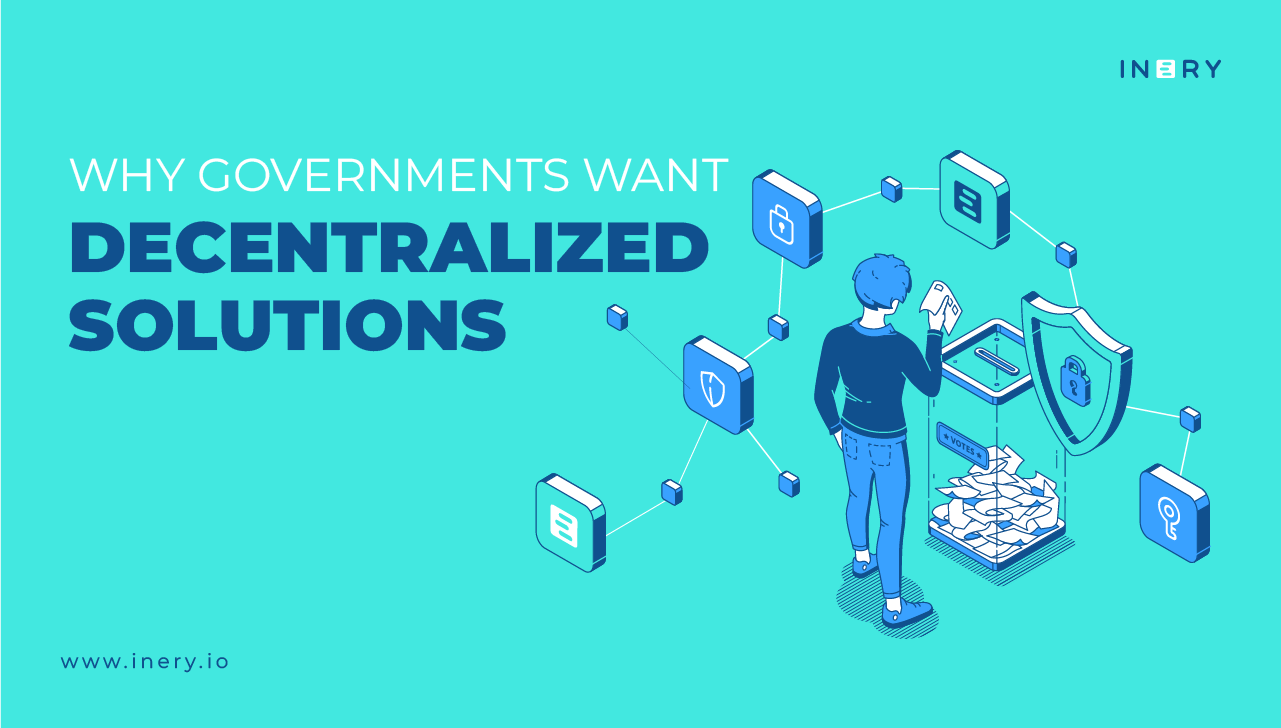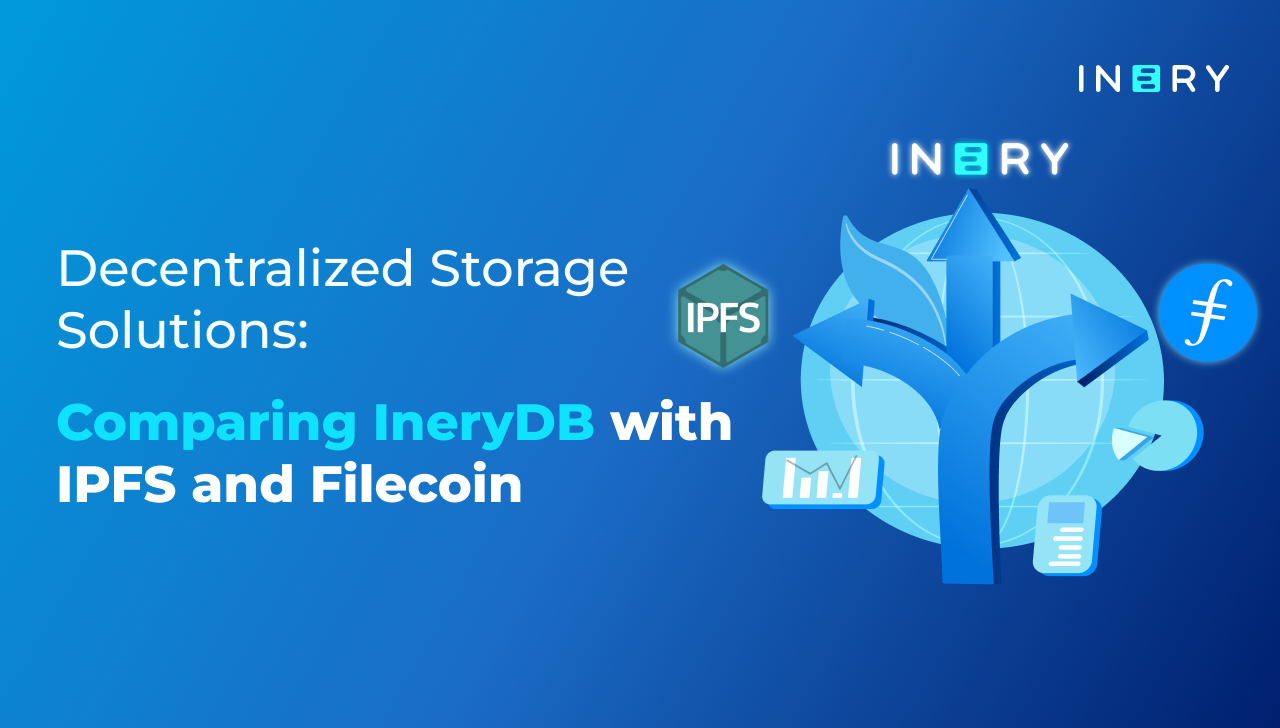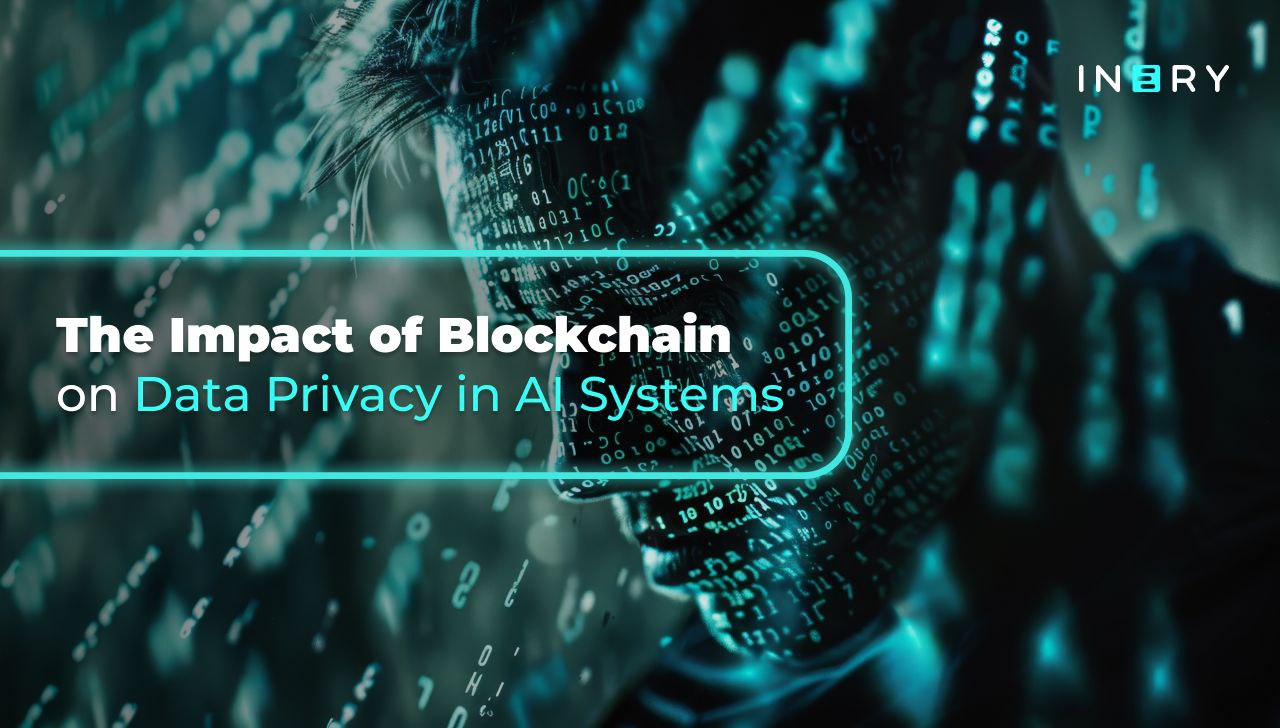Governments are infamous for their slow rate of adopting innovative solutions. Certain sectors, like education, still operate on decades-old (sometimes even centuries-old) models. As societies become bigger and more complex, countries’ failure to keep up increases bureaucratic bloat, administrative complexities, and power distance.
As the popular meme goes – modern problems require modern solutions. And blockchain has the power to solve most of the problems governments are facing. Through leveraging decentralized properties, the blockchain can reduce (or remove) costs, time, and unreliability from state processes.
Organizations like the EU have already invested millions of euros into blockchain R&D, which clearly shows governments are paying attention. But how can they leverage this distributed ledger technology (DLT)?
Below are a few examples of how decentralization can smooth out the rough spots in government mechanisms.
Streamlined Administrative Processes
The hierarchical, siloed infrastructure of government institutions is among the biggest hindrances to faster and less expensive operations. Given the many bureaucratic bodies that interact to complete certain tasks, processes tend to be costly and sluggish. For instance, getting health insurance may involve specialty pharmacies, nurse case managers, insurance providers, review boards, and other agencies.
By way of decentralization, the blockchain can detangle this string of administrative hoops. Transactions on the blockchain need no third-party approval, instead relying on consensus mechanisms to ensure compliance. Therefore, much of the red tape we see today would become unnecessary.
The benefits of decentralization would be evident in a variety of sectors. For example, data extraction and analysis for accounting purposes would be more efficient since all blockchain members are privy to the same data. That would make anything from education-related fee payments to digital identity authentication faster and easier.
Increased Trust in Institutions
The public rarely has a true understanding of the convoluted, oftentimes corrupted mechanisms that keep governments functional. As a transparent distributed ledger, the blockchain can nurture trust that they’re working as intended.
Obviously, government sectors that have notable trust issues would benefit the most in this regard. The inclusion of the blockchain in the voting process could deter election tampering, in addition to improving poll accessibility. A distributed ledger may also leverage proof-of-reserves protocols to ensure central banks have the proper backing for their liabilities. Countries can even put the ideals of trustpolitik to practice, scaffolding international diplomacy with a reliable record of exchange.
Accurate Data Tracking
Data on the blockchain infrastructure is tamper-proof (or tamper-evident, depending on the chain), meaning it cannot be altered by mistake or malice. As it is also transparent to all network members, government agencies can track accurate data in real-time and act on it in record time.
One can easily see the benefits of a transparent and trustworthy database across industries. Supply chain operators would enjoy constantly updating intel based on true, uncorrupted information, for example. Aviation could get in on the perks, too, as compliance with strict safety standards for parts would be much easier. And cases of forgery or double sales in real estate would go down dramatically.
Improved Security Against Data Breaches
Being a decentralized ledger, the blockchain issues the same dataset to all nodes in the network. As such, it has no centralized database, eliminating that single point of failure or attack. Data breaches become much harder to orchestrate against a transparent network of interconnected data clusters.
Practically all parts of the government vertical can take advantage of decentralized databases’ resistance to hacking. However, sectors with a high size-to-risk ratio would benefit the most. Healthcare is one such case, seeing that it holds sensitive data of most people in a country. Moreover, points of entry for attackers in healthcare are worryingly numerous due to the number of networked devices. Through the decentralized blockchain, changes in data indicative of malicious activity would quickly register on the entire network, rather than staying undetected—until it’s too late.
Less Corruption
A tamper-proof and transparent data ecosystem makes it difficult for bad-faith actors to move assets freely. Any change to the network needs a majority approval rate from the rest of the blockchain. And given that every transaction is traceable, digital forensics experts can track the DID of the culprit with relative ease.
Using the blockchain, otherwise opaque processes like grant disbursements for social assistance and humanitarian aid would become comparatively squeaky clean. Money laundering or other forms of illicit financial siphoning would be exceedingly harder to pull off.
Building Government Trust and Efficiency With Inery
Data on the blockchain can be a powerful tool, but only if handled properly. Inery uses layer-1 blockchain technology to provide secure and transparent data manipulation in a truly decentralized architecture.
In the Inery data environment, institutions can engage in direct exchanges with the public or other agencies. All transactions can be defined, and their executions automated, through value contracts. Immutable and transparent records of data managed by these contracts offer a source of truth on which all parties can rely.
Moreover, Inery’s decentralized infrastructure brings administrative congestion to a minimum. Not only does it remove red tape from intermediaries, but it also facilitates data movement at high throughput rates of over 10,000 transactions per second.
Agencies on the innovative Inery blockchain network also need less input from standardization organizations. The network’s Self-Delegated Proof of Stake (SDPoS) consensus mechanism and asynchronous Byzantine Fault Tolerance (aBFT) protocol create a system of compliance that’s resistant to foul play.
Finally, the decentralization enabled by Inery sidesteps security issues inherent to centralized databases. Exploiting a single point of failure is impossible on this blockchain, as the network easily detects all suspicious activity. And since consensus is needed to complete any transaction, bad actors have no feasible way to make changes unnoticed.
Transitioning into more modern models has always been a challenge for government bodies. Issues of compliance and a shared truth are complicated for a system with that many intertwining institutions. But these institutions can take a quantum data leap with Inery, harnessing the pure power of decentralization in a sustainable, highly secure, and streamlined way.

Inery•
2 years ago
IneryDB: Exploring the Various Use Cases
The unique perks of Inery Technology allow it to thrive in a variety of use cases. Click here to see the most intriguing examples. ...READ MORE
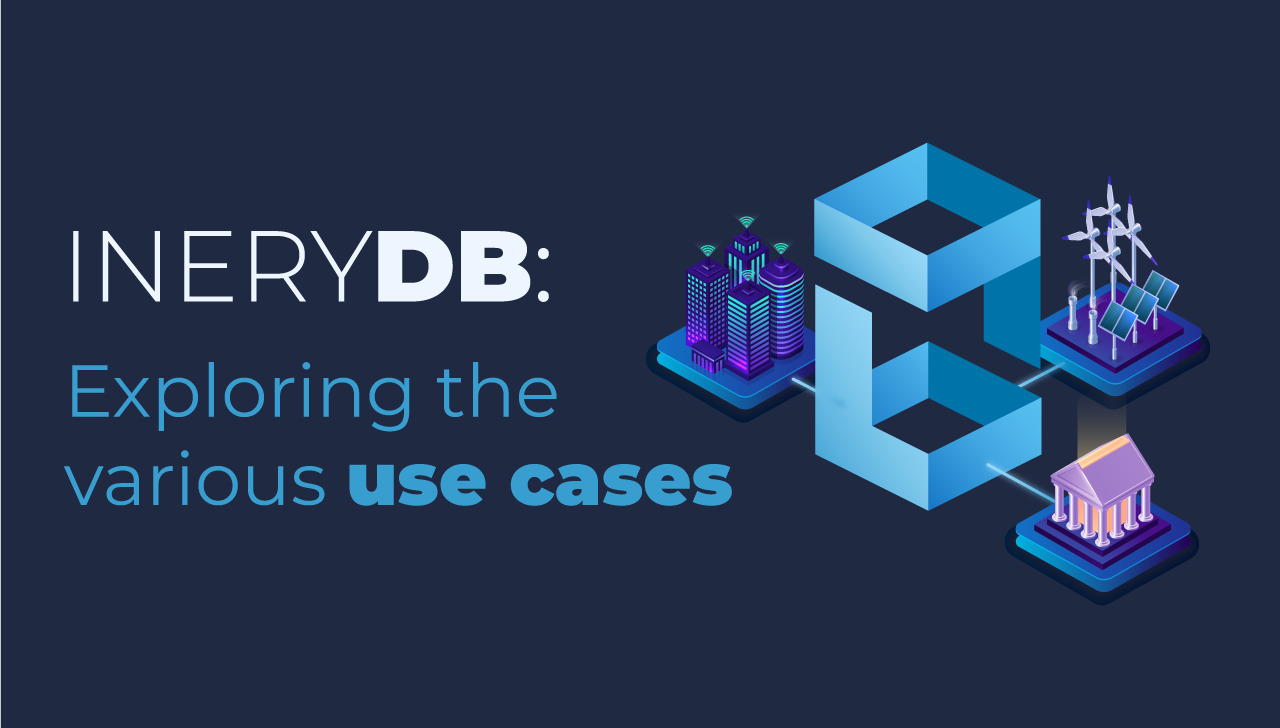
Share

Inery•
1 year ago
The Forgotten Data Crisis: Losing Access to Our Own Info
Locked out of your own info? Learn how Inery’s innovative tools are reshaping the way we manage and access data. ...READ MORE
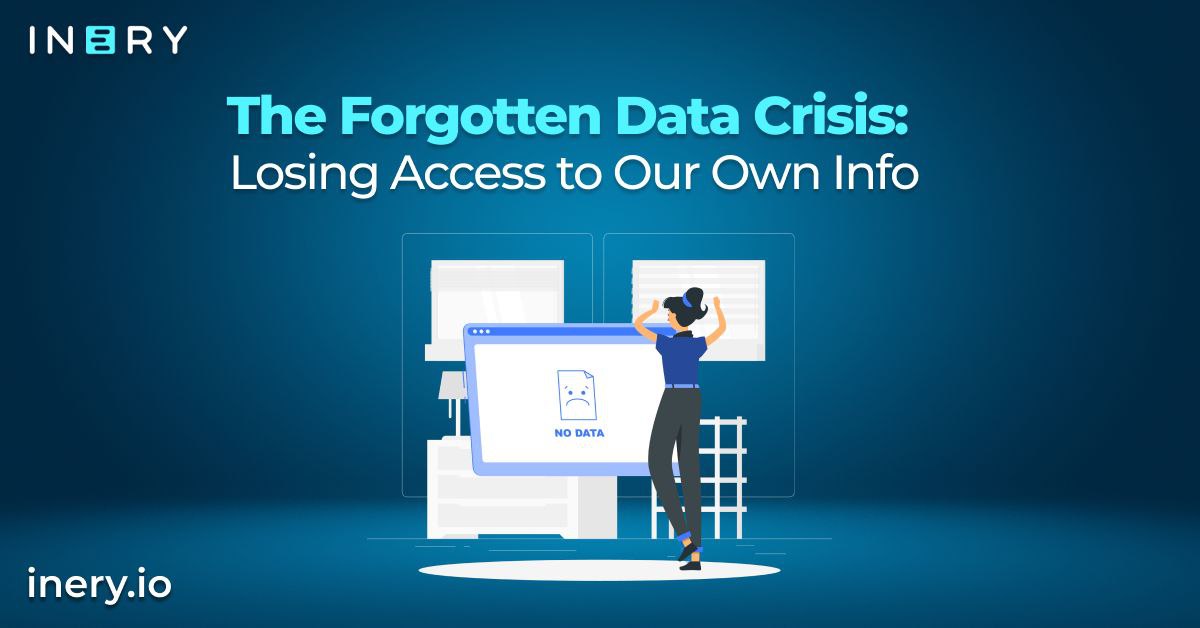
Share

Inery•
3 months ago
Inery and Virtual Reality: Secure Data Management in Immersive Experiences
From eye tracking to spatial maps, immersive experiences expose us to new data threats. Explore how Inery ensures secure and trustworthy handling of that data. ...READ MORE

Share

Inery•
1 week ago
Building Tools That Think Ahead
A detailed look at predictive tools, their benefits, their challenges and why Inery emphasizes strong data foundations for long-term innovation. ...READ MORE
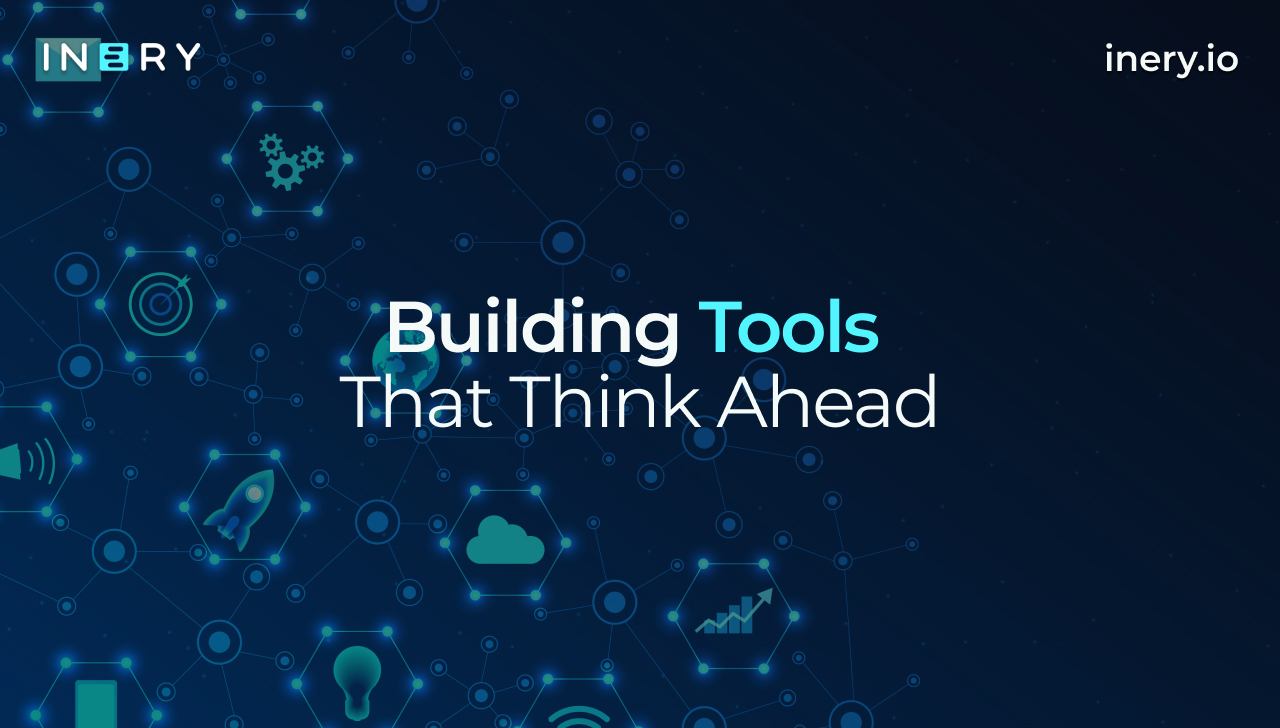
Share
Most popular today

